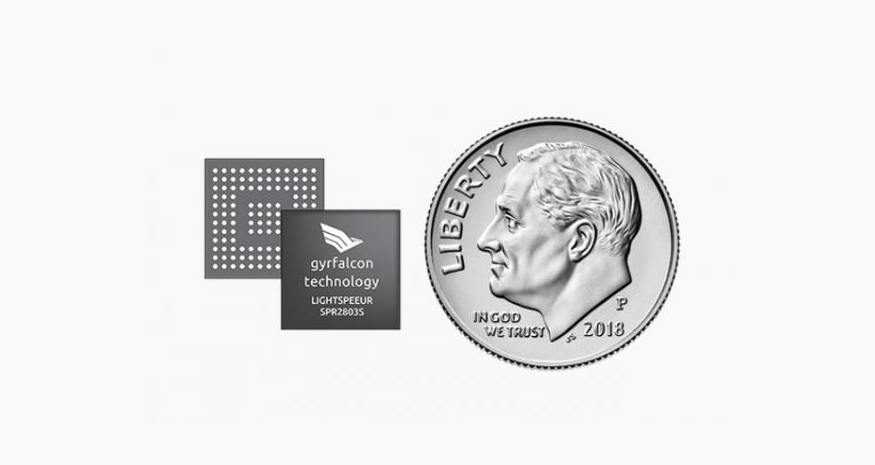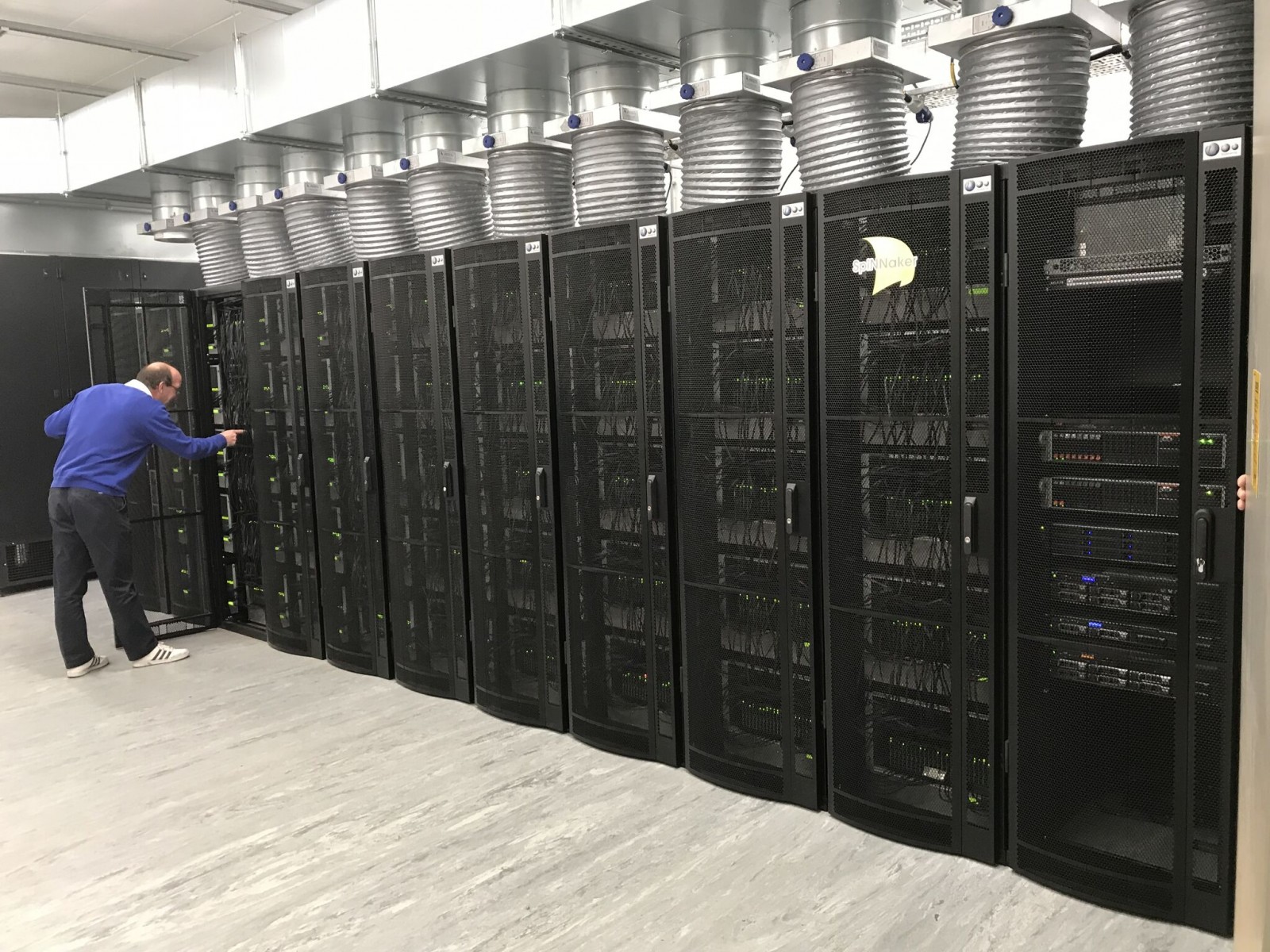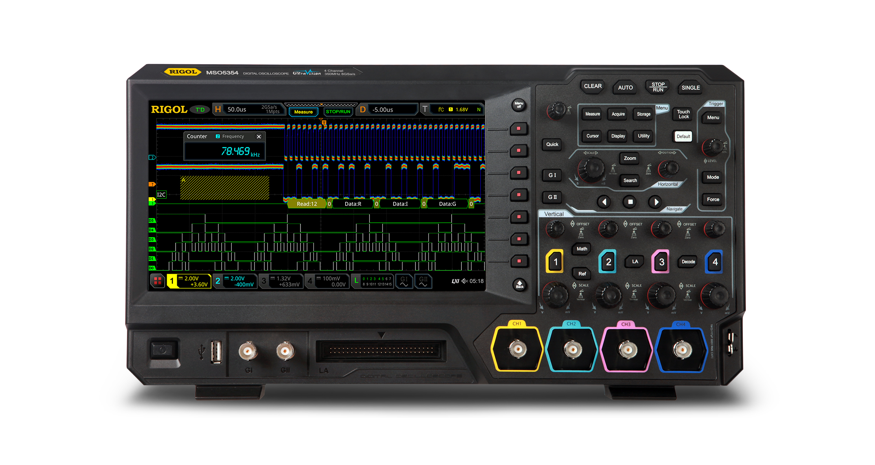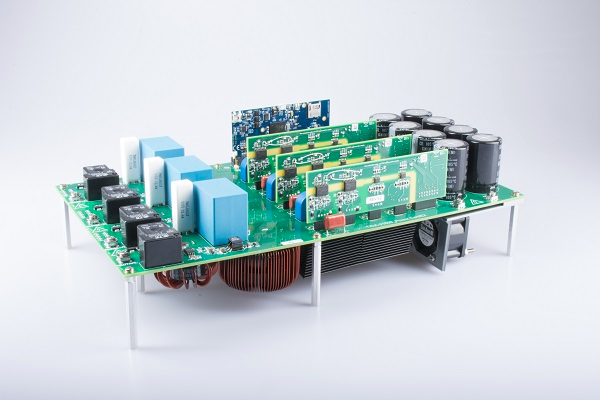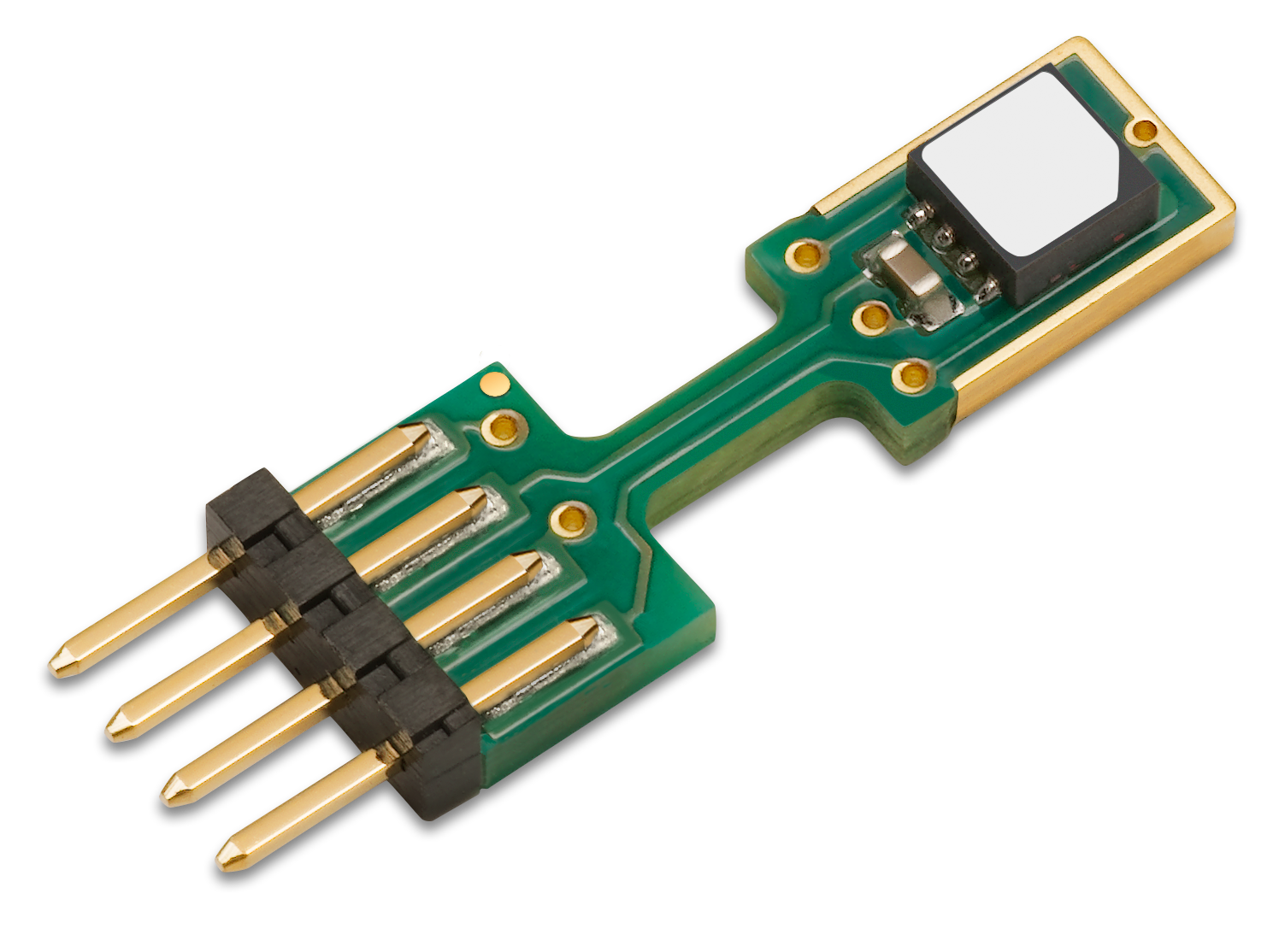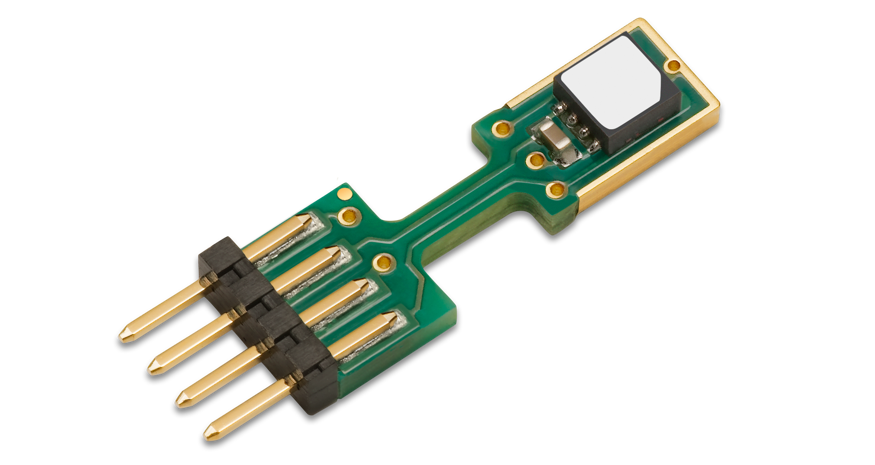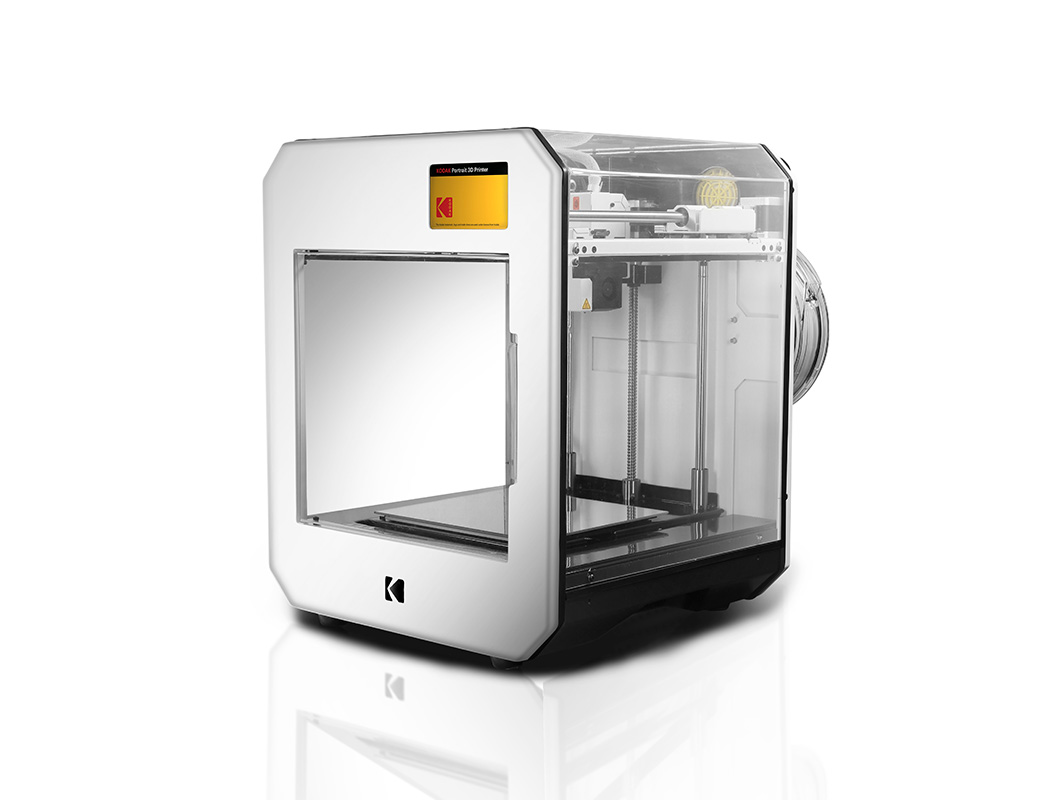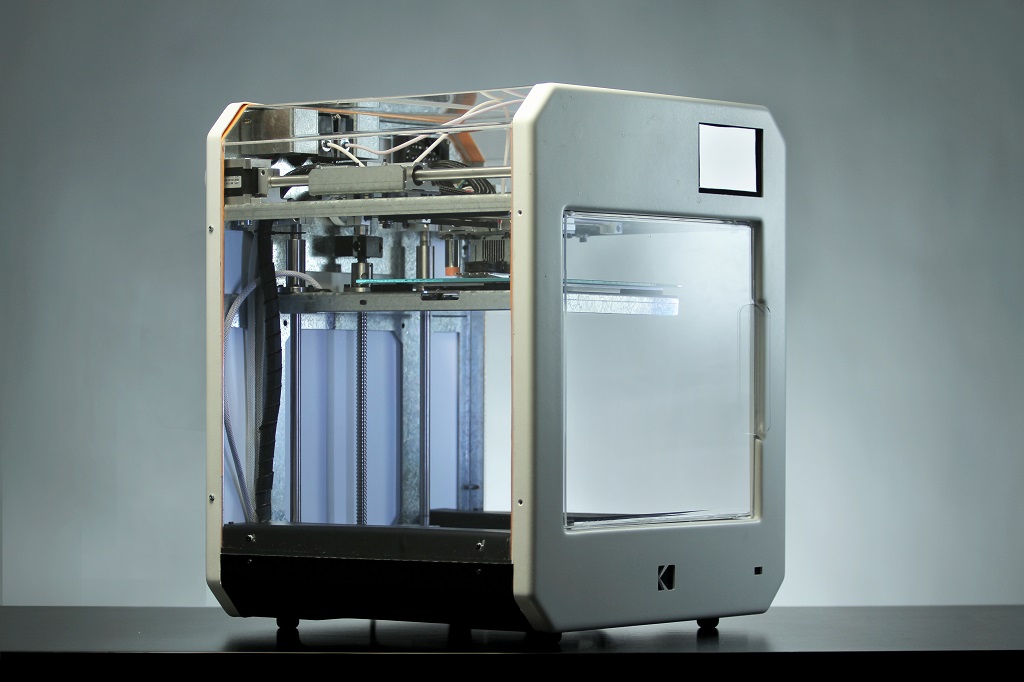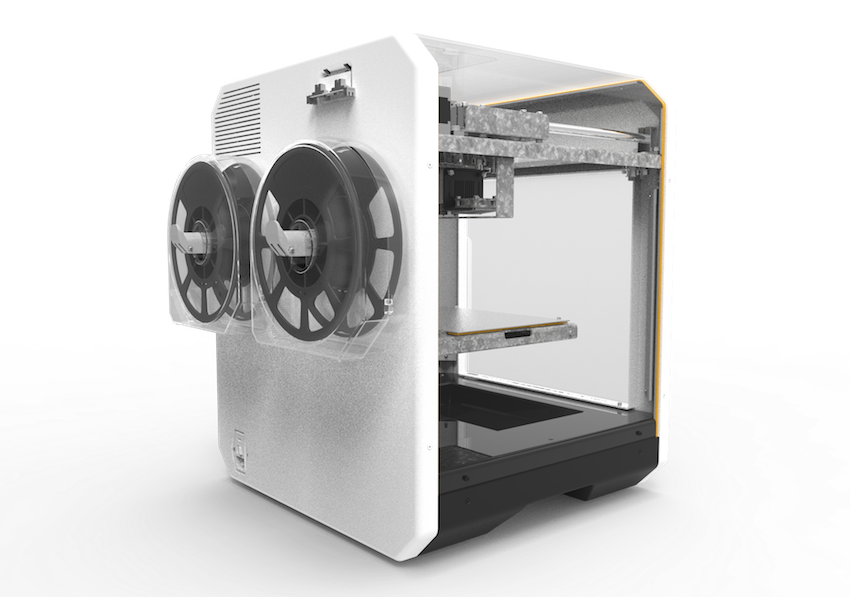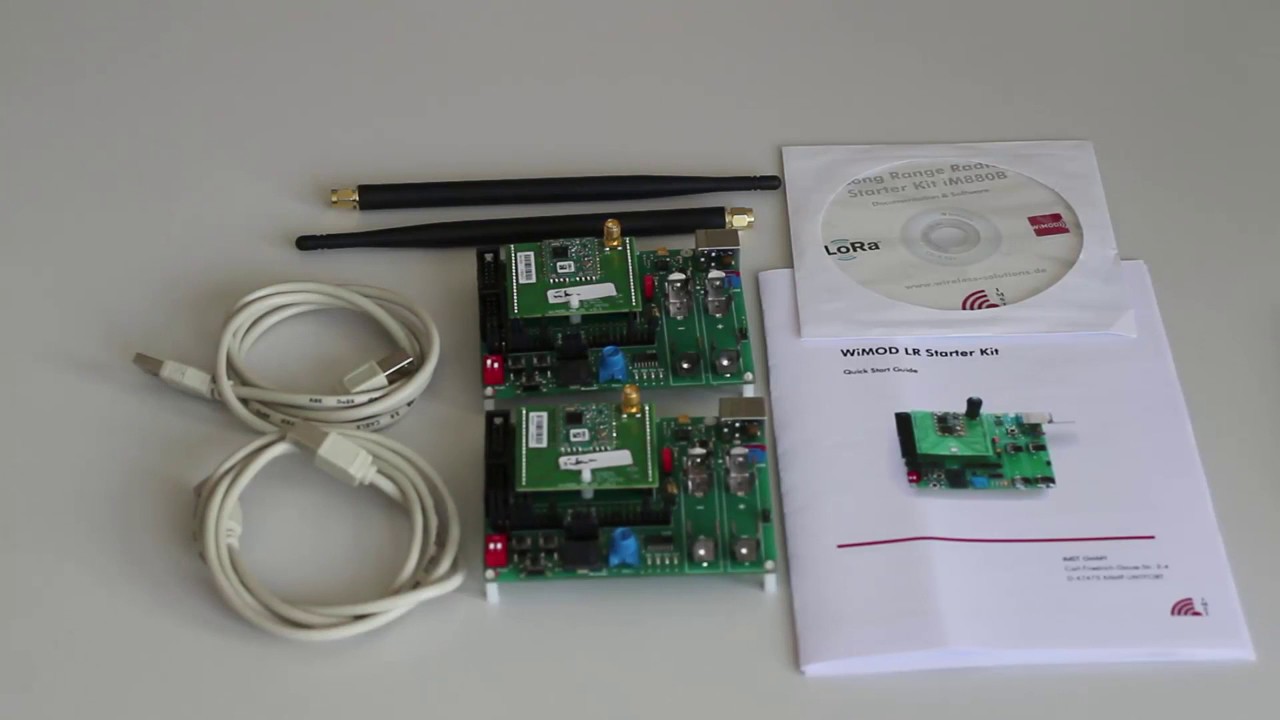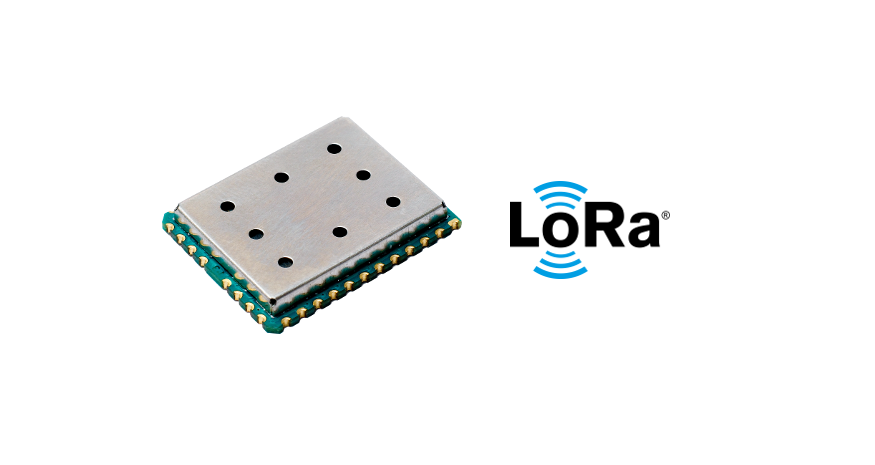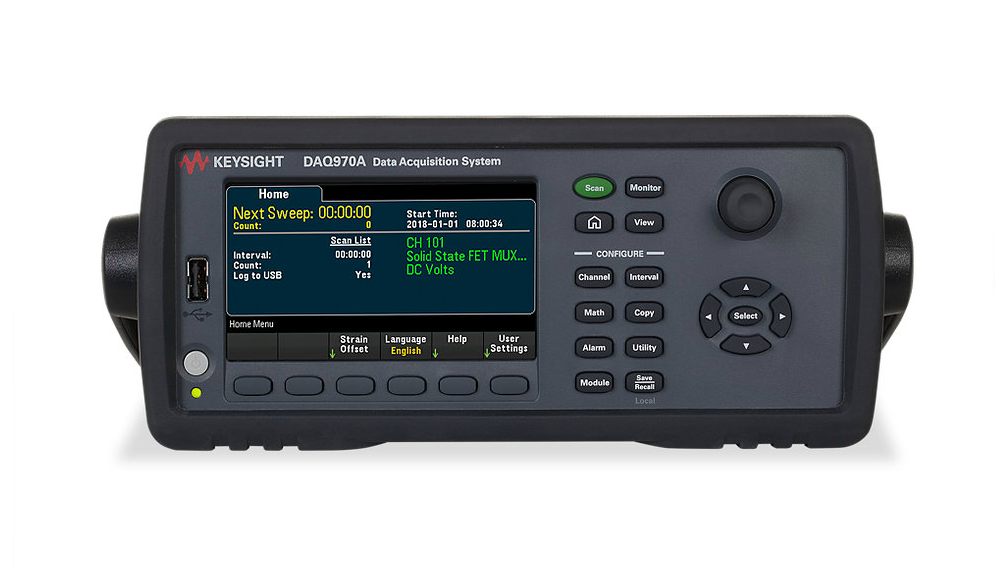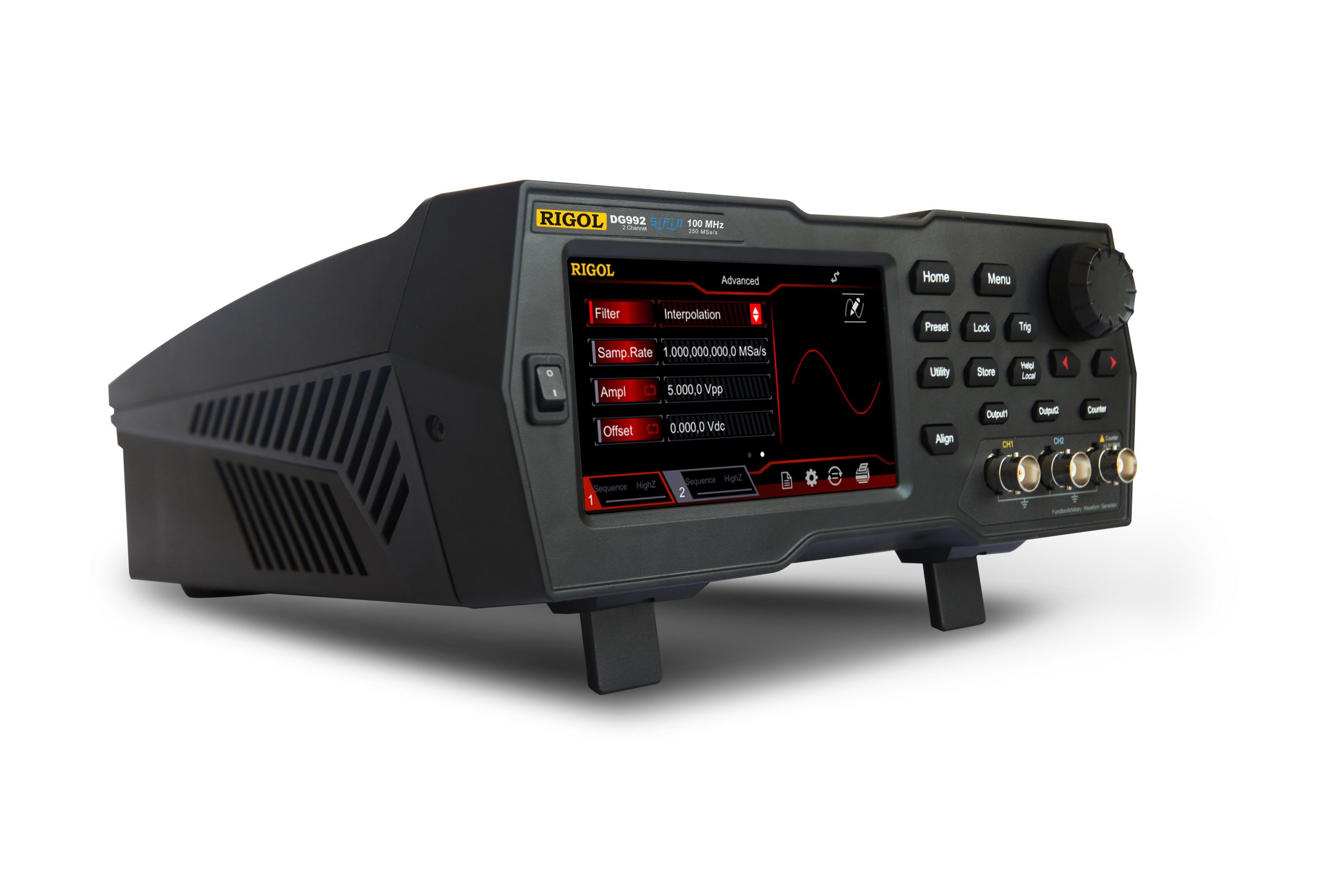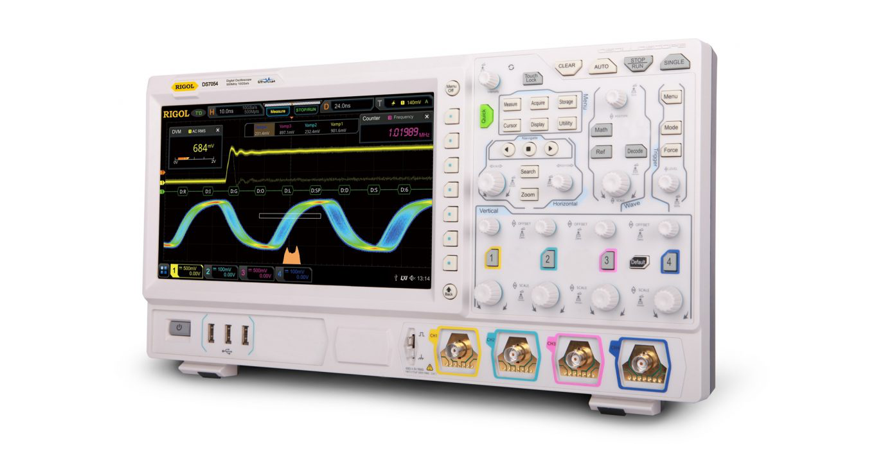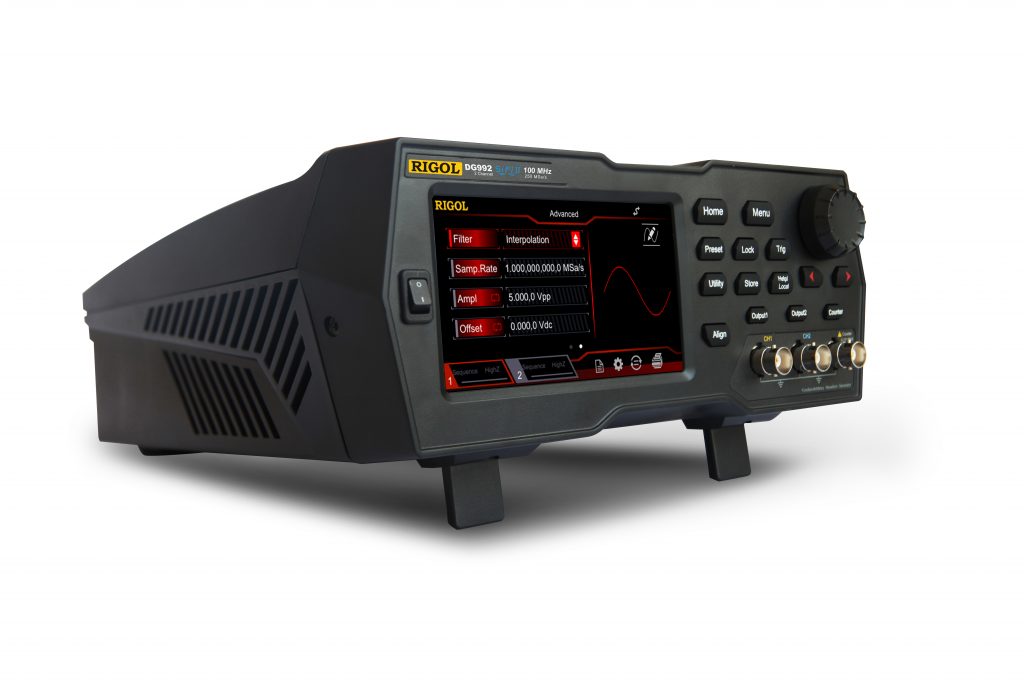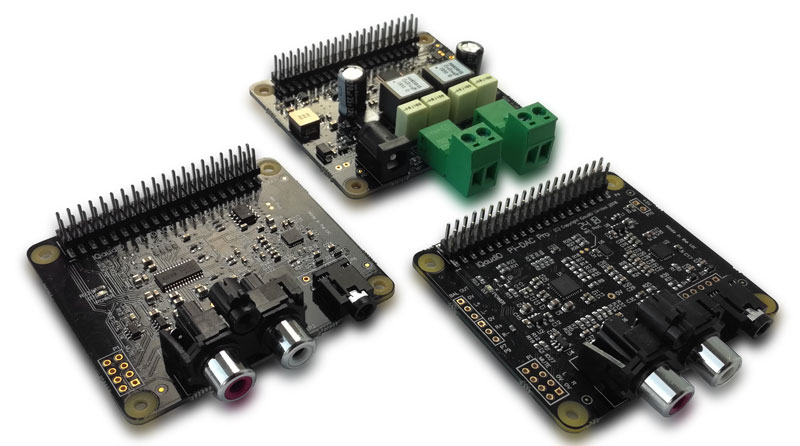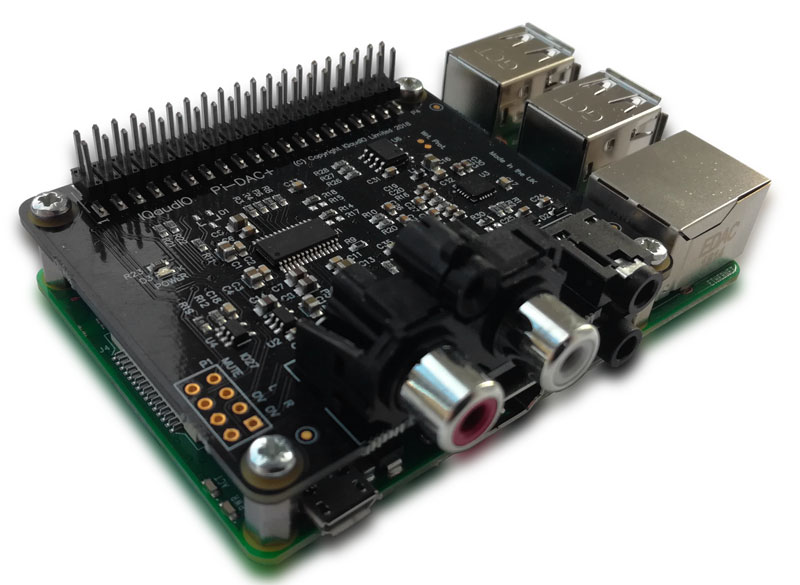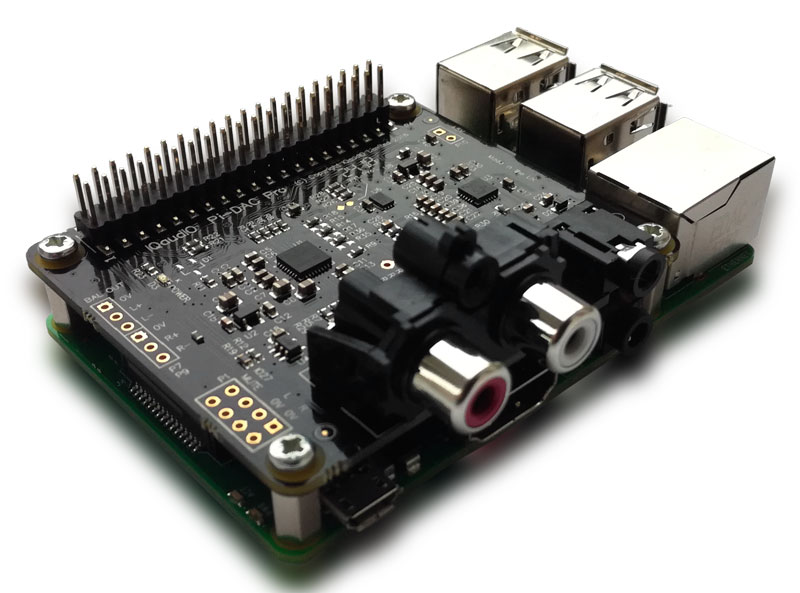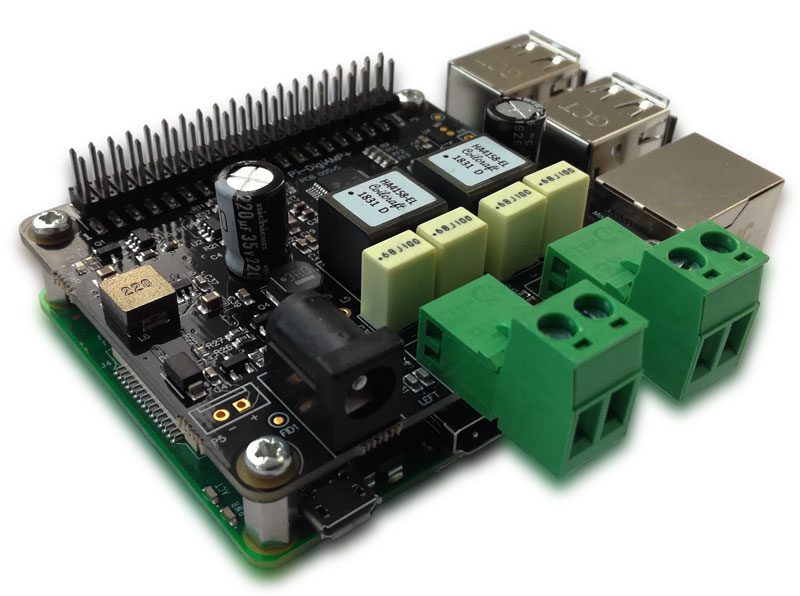Lightspeeur 2803 – a follow on to the Lightspeeur 2801S ASIC – enables upgrading of existing data center hardware to speed AI processing while providing 10X reduction in energy consumption.
Gyrfalcon Technology Inc. (GTI), the world’s leading developer of low-cost, low-power, high-performance Artificial Intelligence (AI) processors, today announced the availability of its second-generation chip, the Lightspeeur 2803 AI Accelerator. The chip is designed to be used in multiple chip board solutions, initially on the G.A.I.N. Series 2803, and meets the demanding requirements of data centers supporting inference server AI operations.
The rapid adoption of AI is quickly requiring organizations of all types to rethink their data center hardware to accommodate higher performance computing loads. Incorporating AI will require a considerable investment in new hardware if organizations rely on traditional data center vendors. The Lightspeeur 2803 and G.A.I.N. Series 2803 are unique in their ability to pair with existing data center CPUs to improve AI performance while significantly reducing energy costs; all it takes are slight software modifications.
Customers can upgrade the existing equipment in their data centers to AI, with a rapid deployment of our patented and proprietary technology that will bring unprecedented performance advantages using 10 times less energy,” said Marc Nadell, VP of marketing, GTI. “The Lightspeeur 2803 represents a cost-effective solution for cloud providers and other data center operators to optimize their ROI on previous hardware investments, while expanding their ability to provide the highest levels of AI processing performance available in the market today.
Higher performance, lower energy costs
For cloud service providers looking to expand performance while mitigating rising energy costs, the Lightspeeur 2803 provides a solution to upgrade existing equipment, rather than replace entire systems. Data center operators can add the chip – on the G.A.I.N. Series 2803 board – into existing racks, alongside their current hardware, and use software to integrate the new AI accelerator board into their operations. After data models are loaded, operators can add their data and begin processing.
The G.A.I.N. Series 2803 consumes 10 times less energy than comparable chips, meaning data center operators can improve performance, without adding additional cooling systems. Additionally, all G.A.I.N. Series boards are designed to work with existing rack-mounted processors as cohosts to the operation, and provide tools that enable the operator to create custom data models.
Balancing the increasing need for high-performance inference processing with data center space, thermal limitations, and the rising cost of energy has become increasingly challenging,” said Jim McGregor, principal analyst at TIRIAS Research. “With solutions like the 2803 chips and the G.A.I.N. Series of boards, data centers have more options for balancing these.
Technical specifications
The single chip Lightspeeur 2803 delivers 16.8 TOPS at just 0.7 w, with latency as low as 2 milliseconds for extremely impressive responsiveness. The Lightspeeur 2803 supports a PCIe interface, and includes ResNet, MobileNet, ShiftNet and VGG neural networks to support AI model sizes from 4.4 to 17.6MB for inference and training.
The G.A.I.N. Series 2803 board will join the other products available from GTI: the G.A.I.N. Series 2801S multichip board configuration for advanced edge and data center applications; and the Lightspeeur 2801S Neural Accelerator, the industry’s first commercially available, deep-learning, convolutional neural network (CNN) accelerator chip to run audio and video processing. Both 2801 products have been available to customers including Fujitsu, LG and Samsung since the beginning of 2018.
Samples of the Lightspeeur 2803 chip and the G.A.I.N. Series 2803 board will be available for development with customers in Q4 2018.
For more information on GTI’s product portfolio, visit https://gyrfalcontech.ai/solutions/


